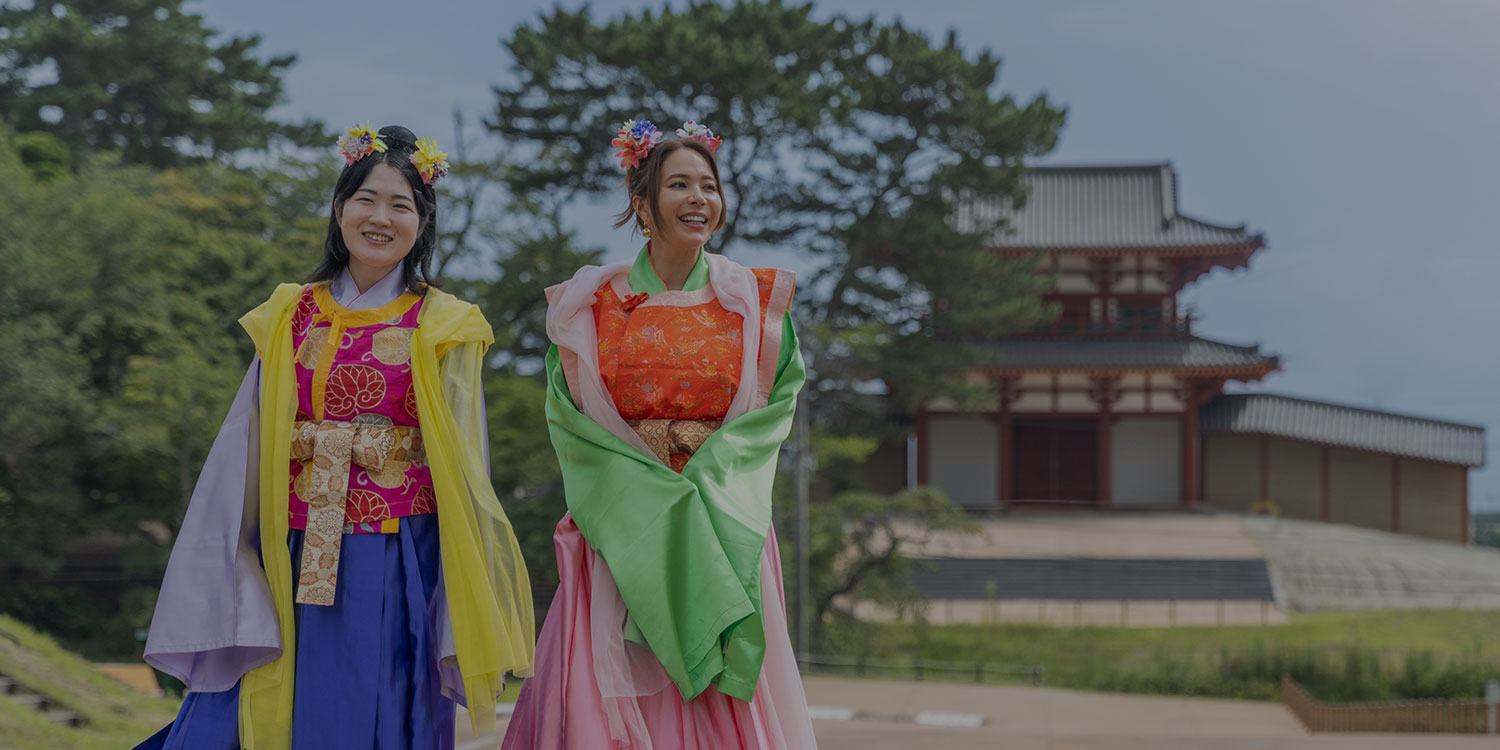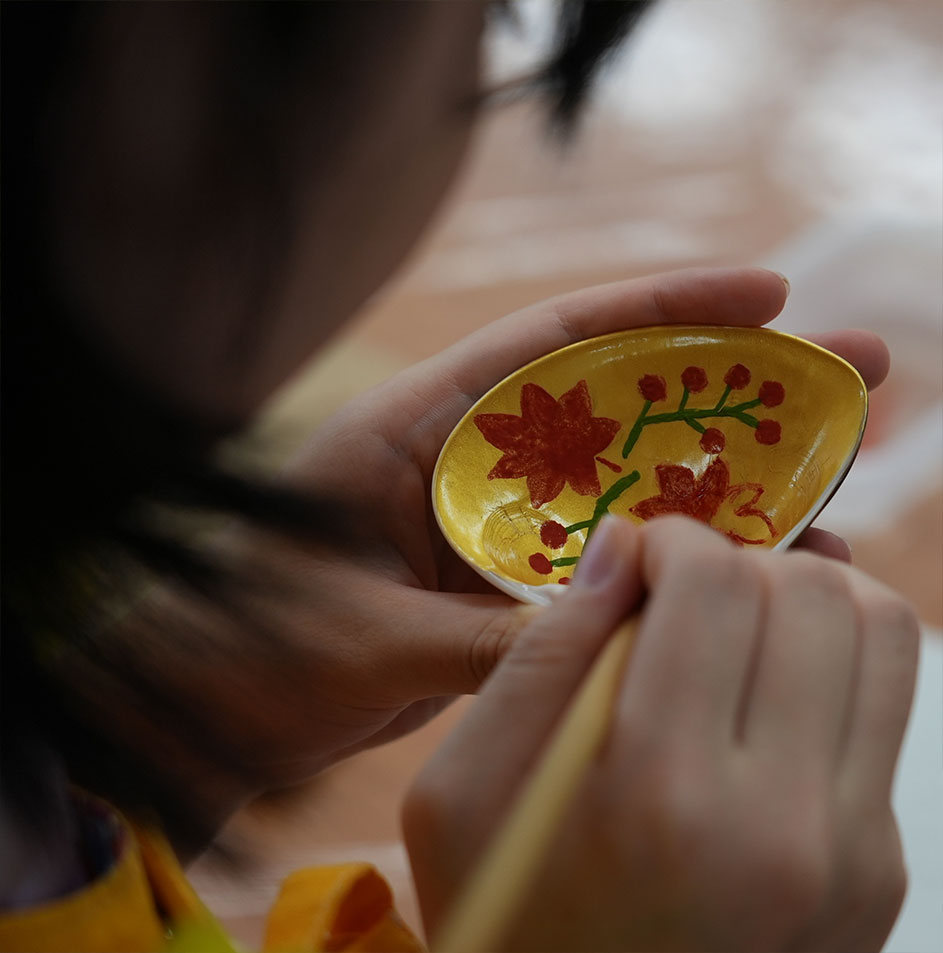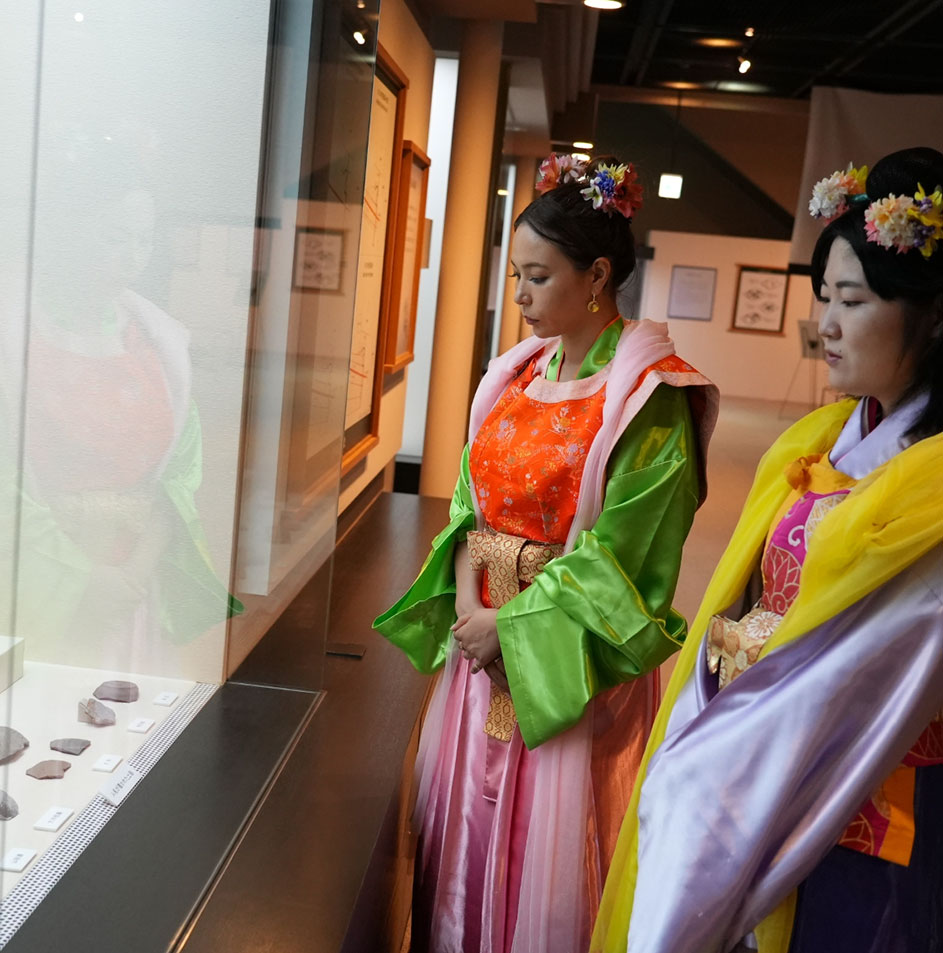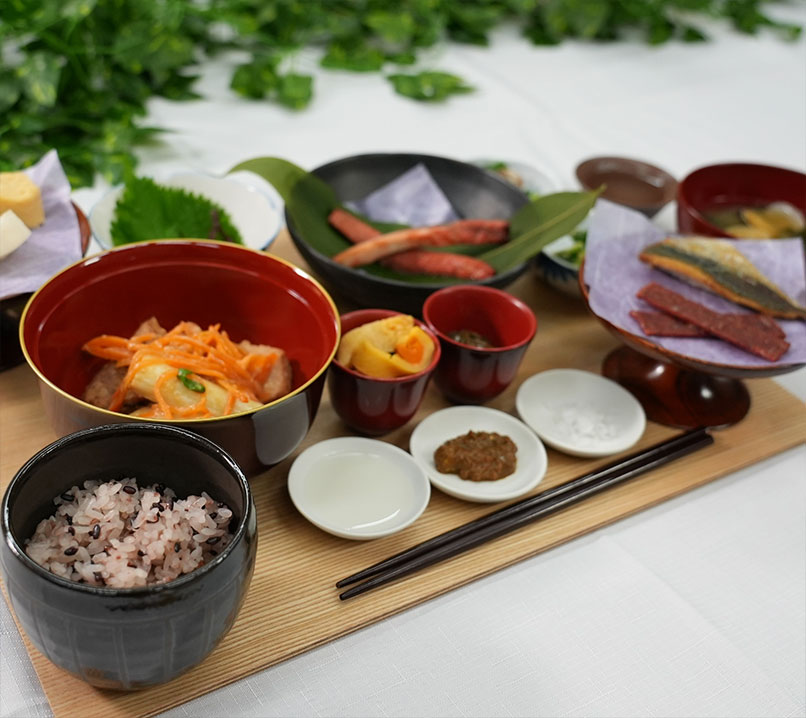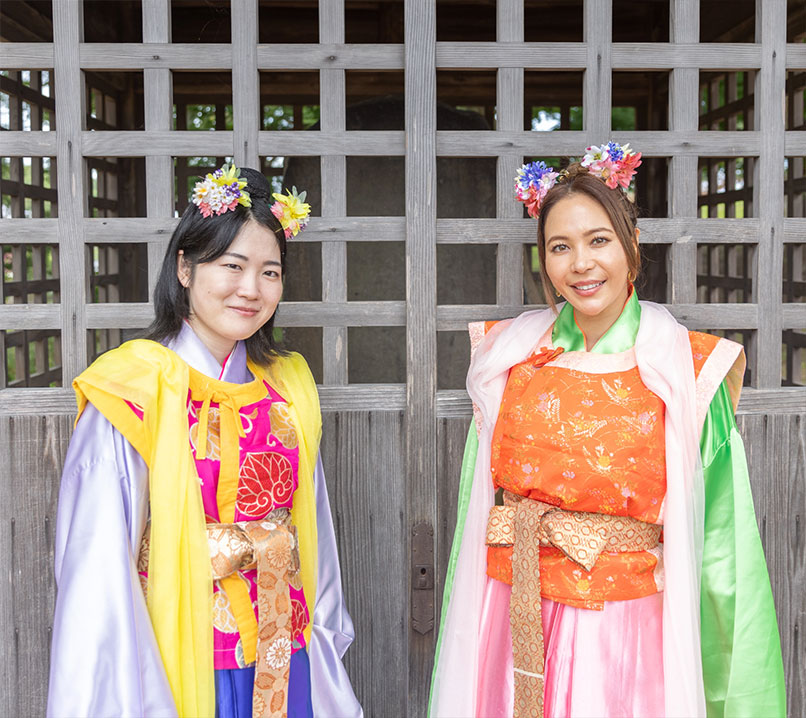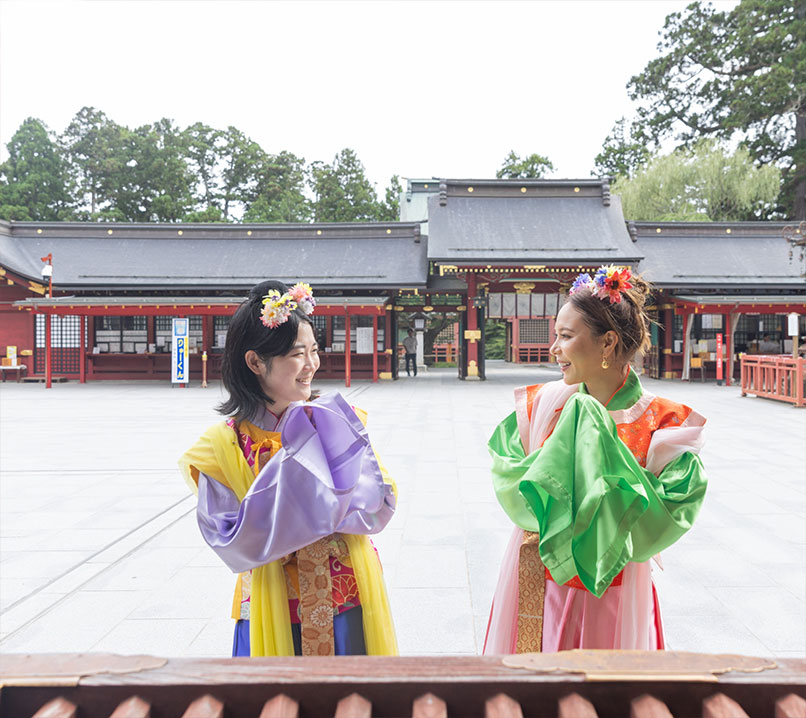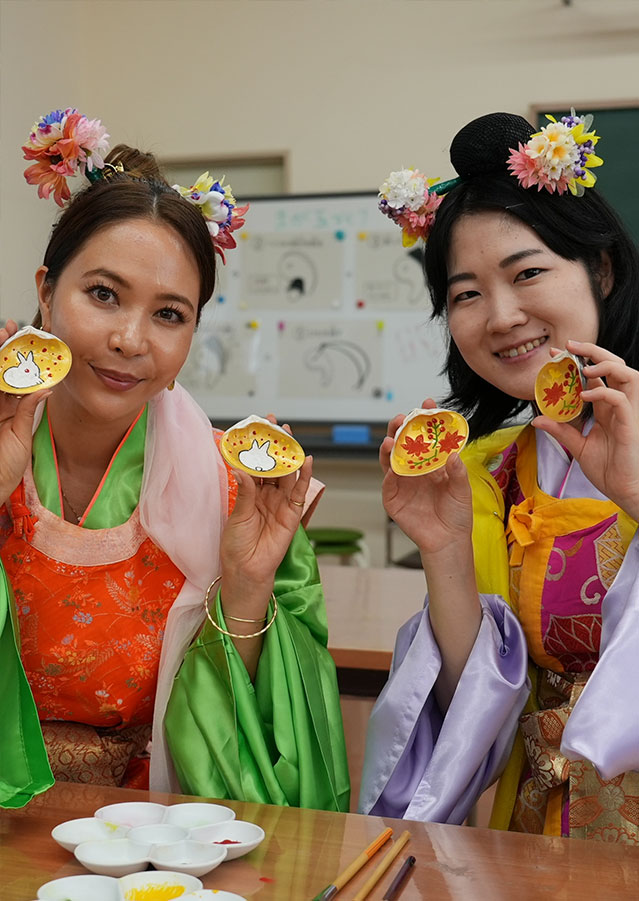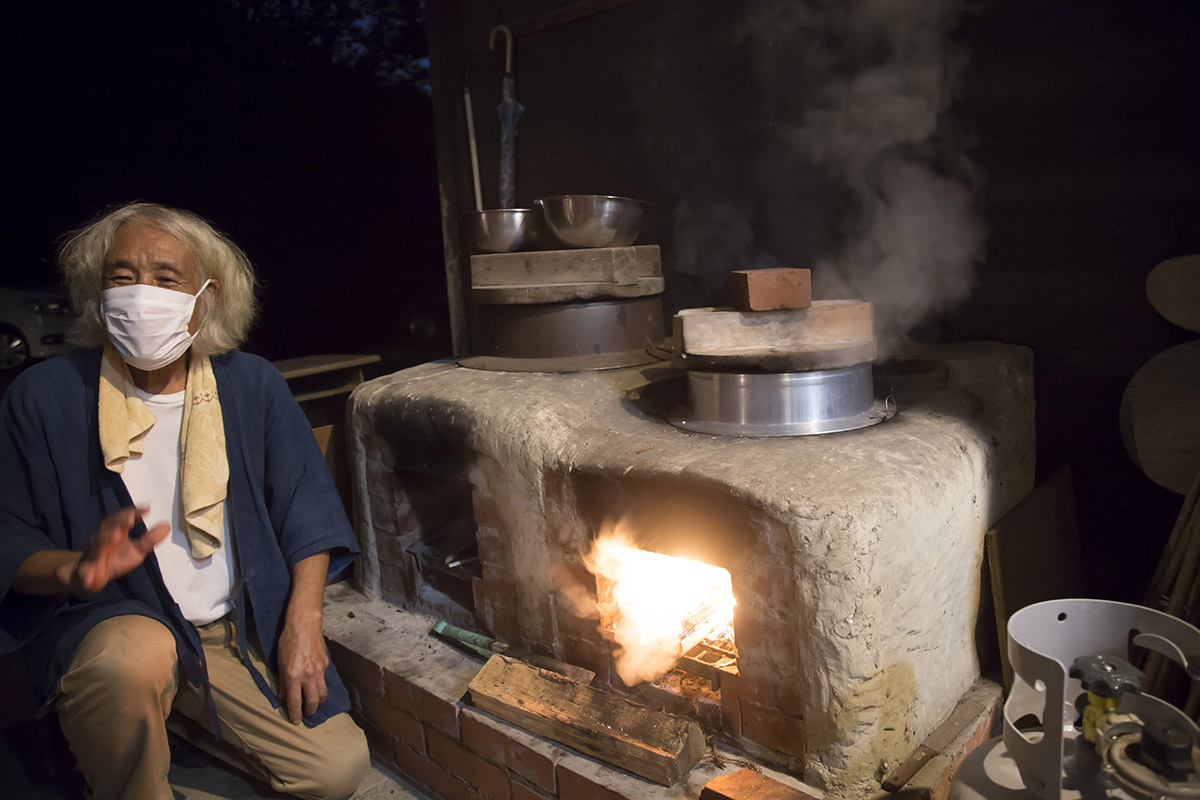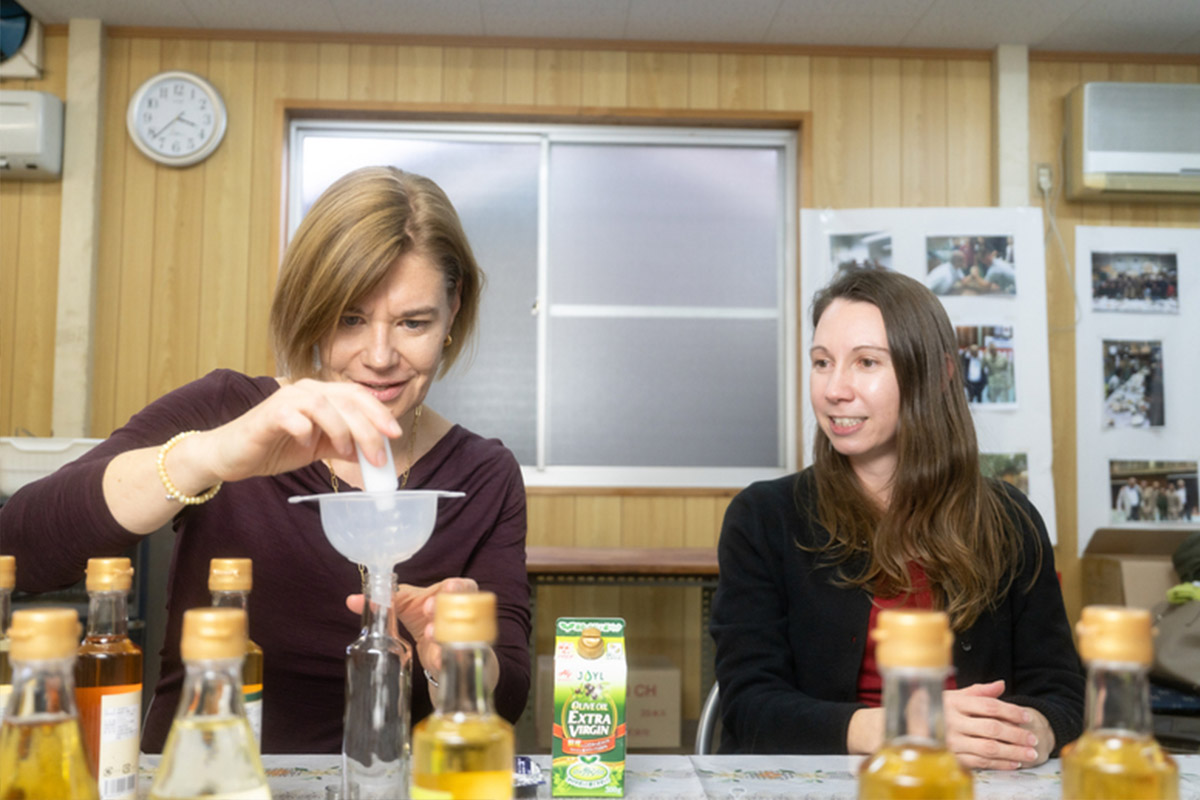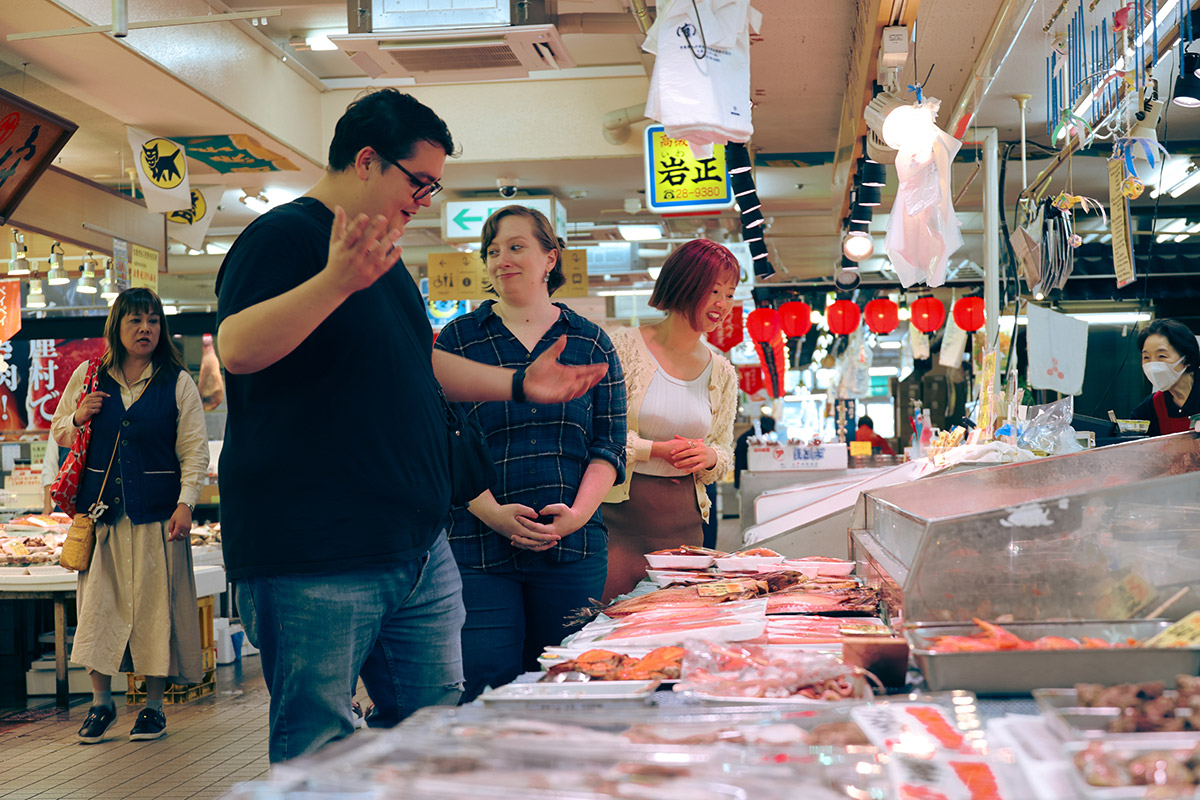Morning
Tohoku History Museum
Start with a guided tour of exhibits that reveal the region’s deep past, from ancient kingdoms to daily life in early Japan.
Ancient Rice Cuisine Lunch
Savor a thoughtfully prepared meal inspired by rice dishes enjoyed centuries ago. Simple, nourishing, and steeped in tradition.
Afternoon
Shell Painting at Tagajo Shiyukan
Try your hand at a centuries-old decorative art, painting clam shells with motifs that once held meaning in courtly culture.
Tagajo Buried Cultural Property Research Center
Delve into Tagajo’s archaeological heart. This facility showcases excavated tools, ornaments, and ceramics that bring ancient life vividly into view.
Manyo Costume Experience
Dress in traditional attire based on the Manyo period and feel history come alive. A rare chance to embody the elegance of Japan’s past.
Evening
Tagajo Castle Ruins & Shiogama Shrine
Wander through the atmospheric castle remains and the revered shrine nearby. Take in the stillness, capture memories, and reflect on the day’s journey.
Special Imperial Dinner
End the day with a beautifully arranged meal inspired by imperial cuisine. Enjoy refined flavors, delicate presentation, and a sense of ceremony.
